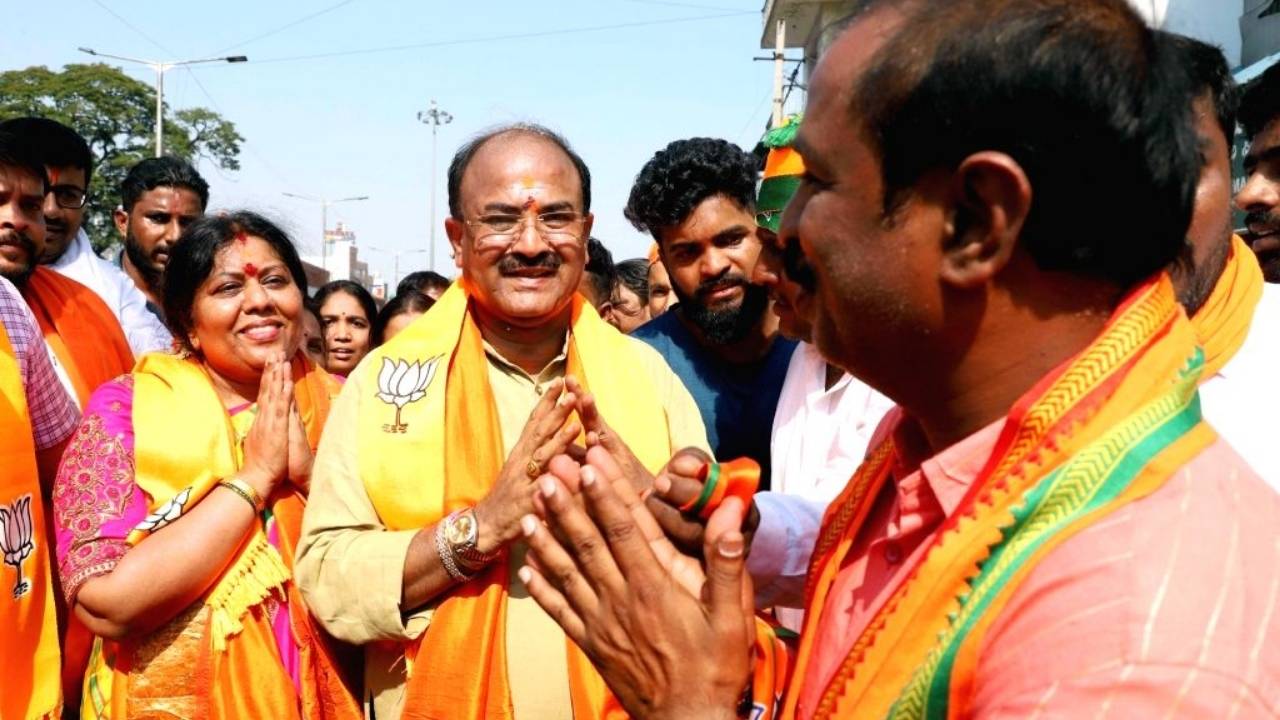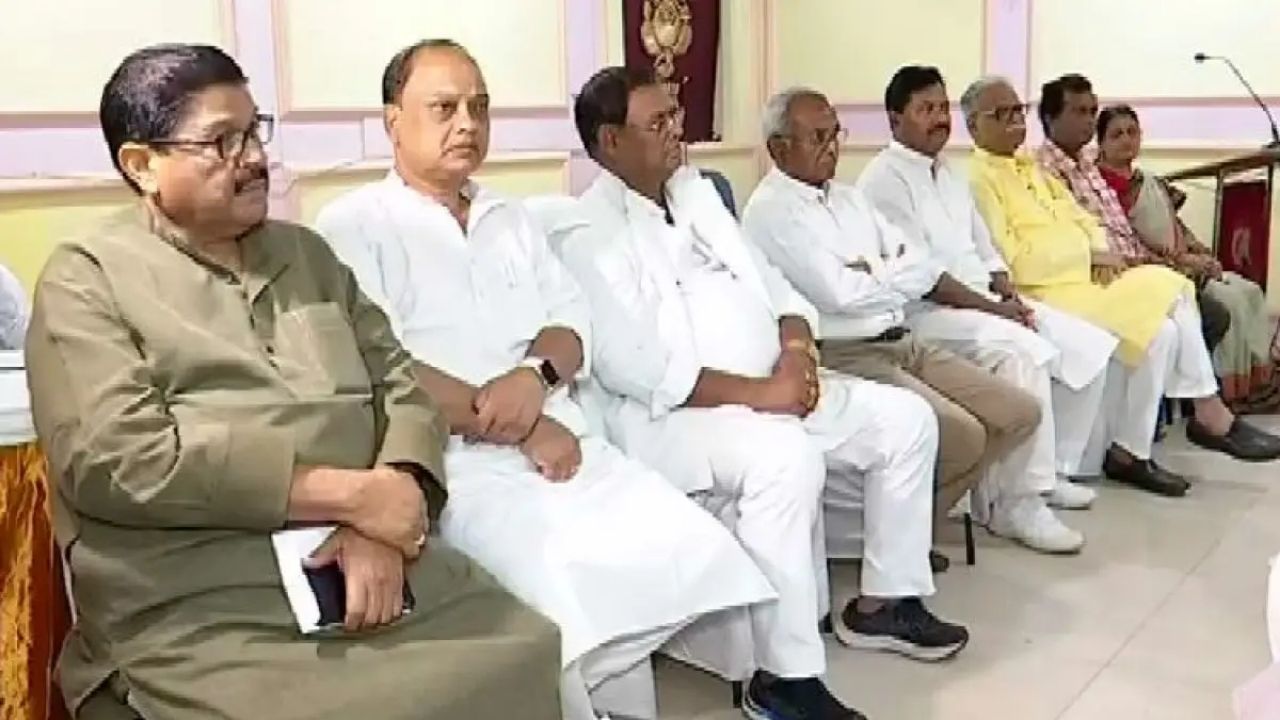BHUBANESWAR, India – Odisha’s Chief Minister Naveen Patnaik has formally alerted the central government of a severe fertilizer shortage in Odisha, warning that the scarcity threatens to disrupt the critical monsoon planting season. In a direct appeal, Patnaik has requested immediate intervention to ensure the timely supply of essential agricultural nutrients, a move that underscores growing concerns over regional food security.
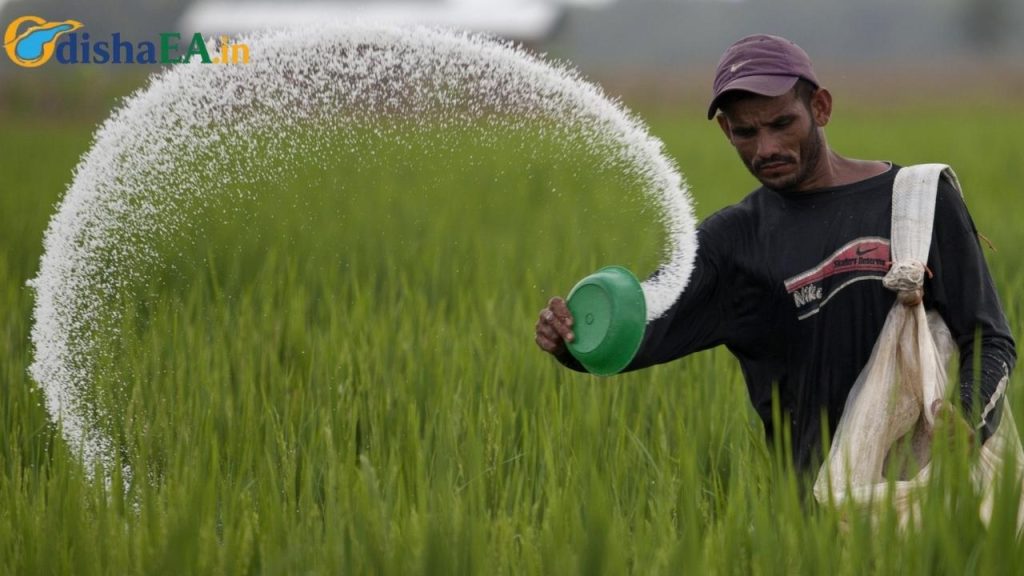
The state government’s urgent communication comes as millions of farmers begin sowing for the Kharif season, the primary agricultural cycle that relies heavily on the annual monsoon rains. A failure to secure adequate fertilizer supplies at this crucial juncture could significantly impact crop yields, particularly for rice, the state’s main staple.
The Scope of the Shortfall
According to a letter sent by Chief Minister Patnaik to the Union Minister of Chemicals and Fertilizers, Mansukh Mandaviya, the state is facing a substantial deficit in the supply of key fertilizers, most notably urea. The letter, cited in reports from the Press Trust of India, specifies a significant gap between the state’s requirements and the quantities allocated and supplied by the central government for the month of August.
This shortage is not merely a logistical challenge; it is a direct threat to the livelihoods of the nearly 62% of Odisha’s population dependent on agriculture. The monsoon season, which runs from June to September, is the most intensive period of cultivation. Farmers rely on a timely application of fertilizers like urea and Di-Ammonium Phosphate (DAP) during the early growth stages to maximize harvests.
“The timely availability of fertilizers is a critical component for ensuring agricultural productivity,” said Dr. Avinash Mohanty, an agricultural economist based in Cuttack. “Any delay or shortfall during the peak sowing and transplantation period can lead to stunted crop growth and a direct reduction in output, which has cascading effects on farmer incomes and market prices.”
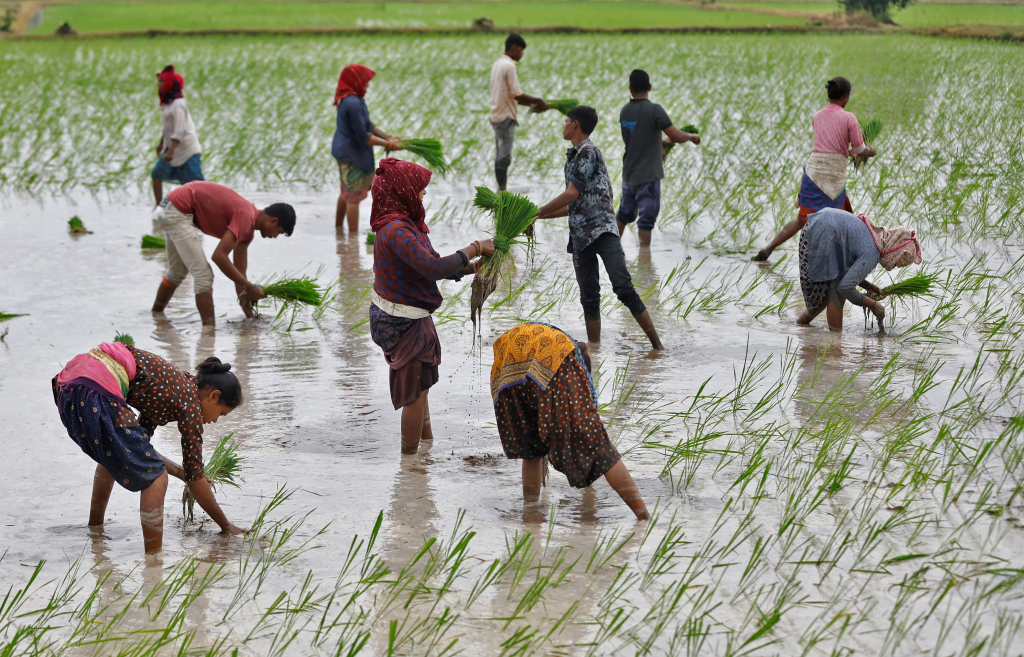
Understanding the Fertilizer Shortage in Odisha
In India, the production, import, and distribution of fertilizers are managed and heavily subsidized by the central government. The federal government allocates monthly quotas to each state, which are then distributed to farmers through a network of cooperatives and licensed private retailers. This centralized system means states like Odisha are entirely dependent on New Delhi for their supply.
The Center’s Role and Potential Causes
Patnaik’s letter highlights that the current dispatch rate from the central government is insufficient to meet the immediate demand on the ground. The state has urged the ministry to enhance the allocation and expedite shipments to avert a potential crisis.
While the central government has not yet issued a formal public response to Odisha’s request, experts point to several potential factors contributing to such shortages nationwide:
- Supply Chain Disruptions: Global logistics, affected by international conflicts and shipping costs, can impact the import of raw materials and finished fertilizers.
- Subsidy Burdens: The Indian government provides substantial subsidies to make fertilizers affordable. Fluctuations in global prices can strain the subsidy budget, sometimes affecting procurement and supply timelines.
- Domestic Production Gaps: While India is increasing its domestic production capacity, particularly for urea, it still relies on imports to meet peak demand.
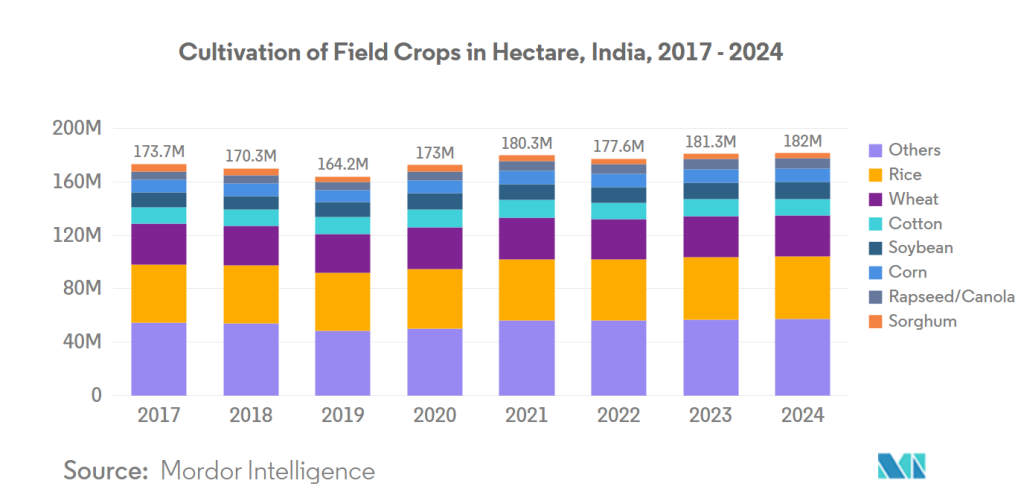
Impact on Farmers and Food Security
For farmers in Odisha, the situation is precarious. The window for applying fertilizers is narrow. Many have already invested in seeds and labor for planting and are now awaiting the necessary nutrients to ensure a healthy crop. Reports from local agricultural cooperatives indicate growing anxiety among farmers who fear a repeat of past shortages that led to panic buying and the emergence of black markets.
The issue extends beyond individual farms, touching upon the broader goal of national food security. Odisha is a significant contributor to India’s public distribution system, which provides subsidized food grains to millions of low-income families. A drop in the state’s rice production could have wider implications for the national food buffer stock.
“We have prepared our fields and the rains have been favorable so far,” said Ramesh Pradhan, a paddy farmer from the Bargarh district, speaking to a local news channel. “But without urea at the right time, all this effort could be for nothing. We are appealing to the government to understand our plight and act quickly.”
Cuttack’s Paddy Farmers Cry for Help as Fertiliser Black Market Spirals Out of Control
CM KISAN Scheme Delivers Big in Sambalpur: 90,900 Farmers Receive Critical Support
Inside Odisha’s Farming Revolution: The Push for Mixed Cropping Gains Momentum
As the monsoon season advances, the response from the central government in the coming days will be critical. The state administration has said it is monitoring the situation closely and is in constant communication with federal authorities. The outcome will determine the fate of the Kharif harvest for millions of farmers and have a lasting impact on Odisha’s agricultural economy.
ARTICLE EXCERPT:


